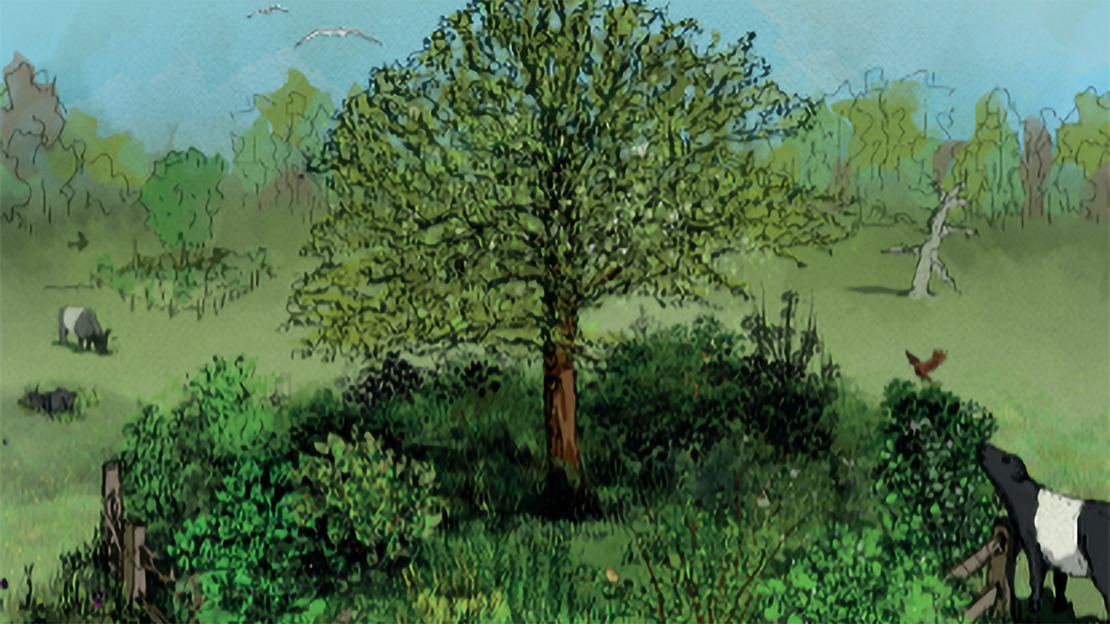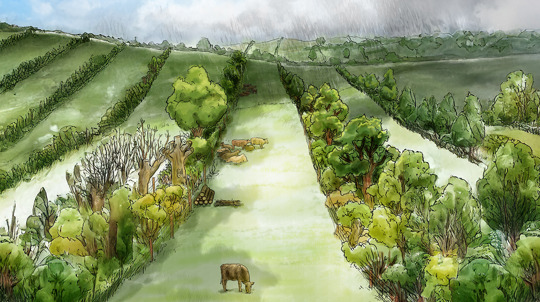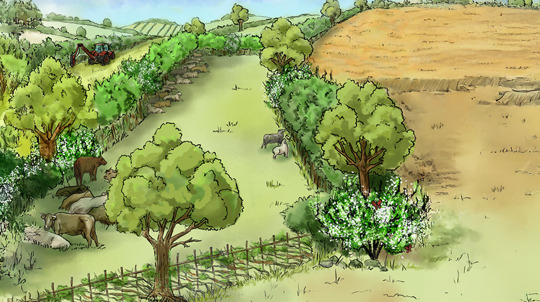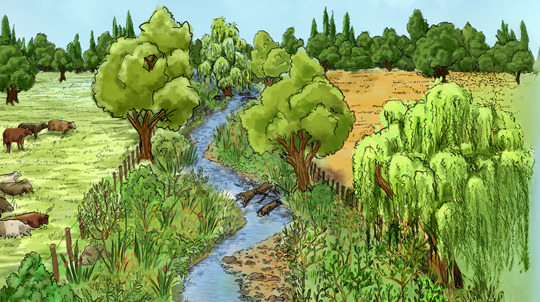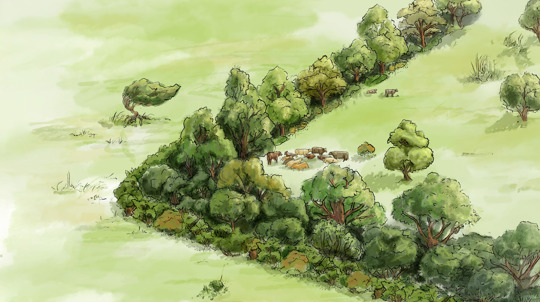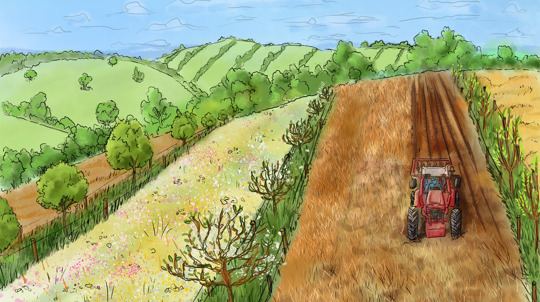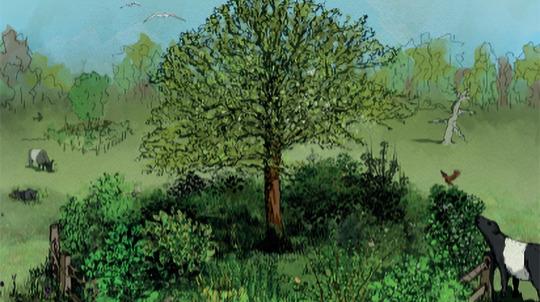What to consider when planting in-field trees
Tree spacing can vary according to the goals of your farm, the landscape and other environmental factors. Planting densities range from 25 open-grown trees per hectare to clusters of trees of up to 200 trees per hectare.
When choosing tree species, select those appropriate to the local environment, and to replace existing mature trees, but consider varieties or provenances that are resilient to local climate change. To ensure protection from browsing and rubbing by livestock, in-field trees will need to be well-protected for the establishment period through the use of cactus guards or post and rail enclosures.
Also consider the soil type on your farm, as some tree species are better suited to some habitats than others.
Acidic lowland
Wooded habitats on relatively acidic, dry and infertile soils in the lowlands, particularly in the drier southeast. Typically on moderately acidic brown earth, podzols, base-poor groundwater gleys, sand, gravel and old alluvium.
Base-rich lowland
Wooded habitats on dry, base-rich, calcareous to neutral soils in the lowlands or more southerly regions. Typically on soils overlaying limestone, calcareous shale and clay, and heavy lime-rich deposits like boulder clay. Soil types include rendzinas, calcareous brown earths and some base-rich groundwater gleys. These may range from infertile to more fertile soils.
Wet lowland
Wooded habitats on wet or seasonally waterlogged soils in the lowlands, particularly in the south and east – typically on alluvial soil and floodplains, beside waterbodies, and on gleys or other soils with a high water table (but not deeper peats).
Pollen and fruit for wildlife
Planting tree species rich in pollen or fruit can boost biodiversity on your farm, helping wildlife to thrive.
Fodder trees for grass-based dairy systems
These trees can boost the wellbeing of livestock by providing extra vitamins and minerals, as well as encouraging natural browsing behaviour. When planting, work to a design of 15.5m and 5m ø.



